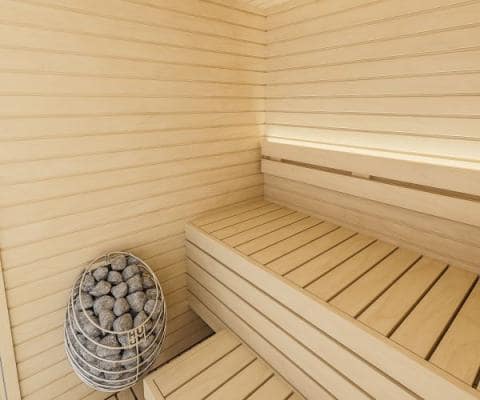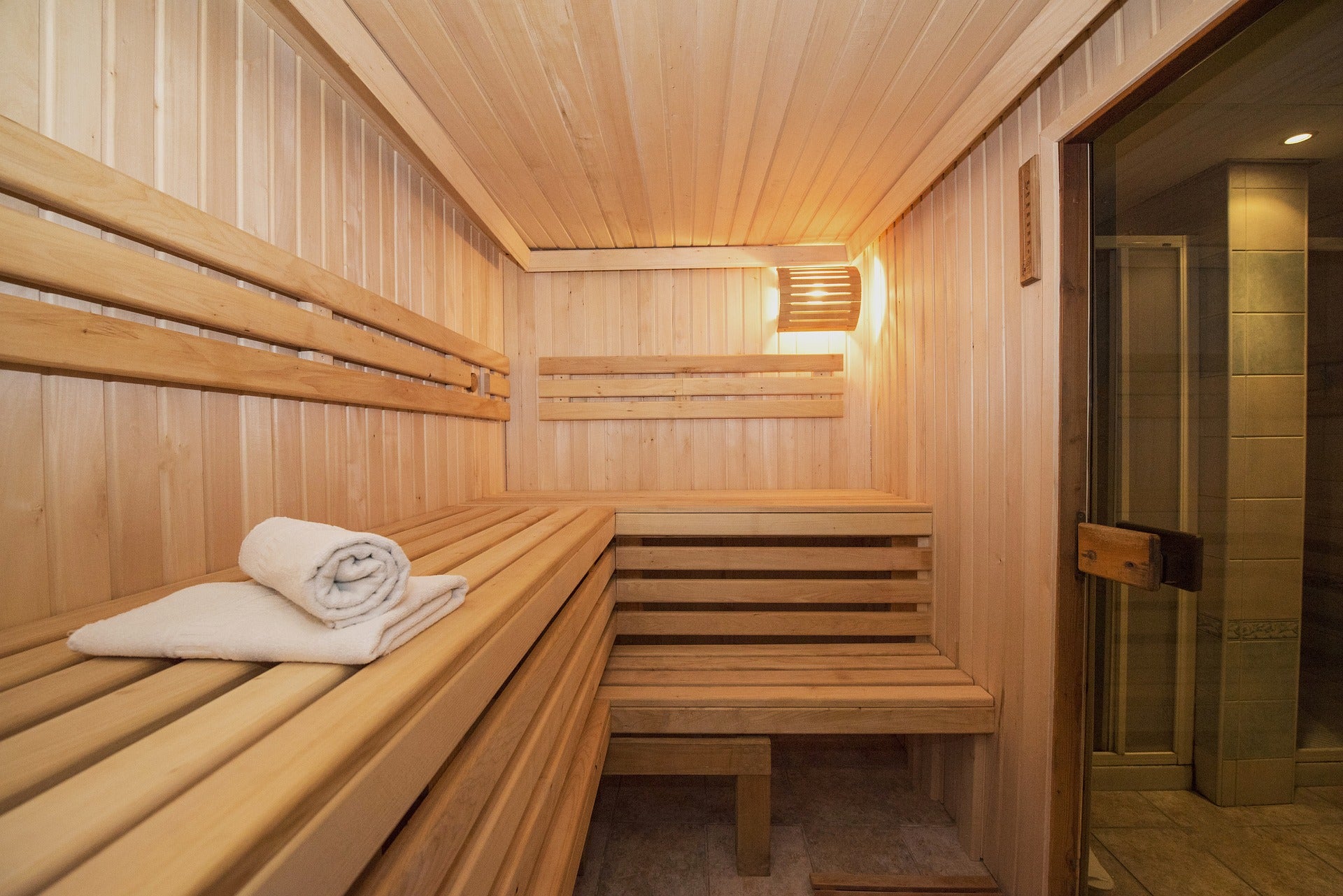More About Traditional Sauna
More About Traditional Sauna
Blog Article
About Traditional Sauna
Table of ContentsThe Basic Principles Of Traditional Sauna Little Known Questions About Traditional Sauna.7 Easy Facts About Traditional Sauna DescribedTraditional Sauna - An OverviewTraditional Sauna Can Be Fun For Everyone
Many of the weight lost in a sauna is water loss and is re-gained upon rehydrating. Without an uncertainty sauna can be an essential part of a healthy and balanced weight loss program. To look at the differences in between standard and IR saunas, I will certainly separate these into proven, academic, and made differences.Hence, the hottest point in the saunawhich is at the ceiling directly above the sauna heateris normally between 185 and 190 F. Claims that a standard sauna surpasses 200 F is simply not true and not suitable for electrical saunas sold in the United States. The temperature for a far-infrared sauna is generally set in between 120 and 140 F; nevertheless, unlike the conventional sauna, the objective in and IR area is not to achieve a heat.
As a result of this, the temperature level difference is virtually irrelevant, considering that extreme sweating leads to both sauna kinds, but the method of heating up the body is various. In an IR sauna the bather will certainly feel hot and will sweat a lot, however at much lower temperatures (Traditional Sauna). Therefore, if the objective is to invest longer amount of times in the sauna, the IR sauna is a good choice
When a traditional sauna has been properly warmed, the sauna wall surfaces are warm, the air temperature level has actually achieved established temperature level and the rocks are very heated. As a fascinating side note, the heated wall surfaces and the rocks are emitting far-infrared warmth, incorporated with the heated air, to develop an "enveloping warmth".
The Traditional Sauna Statements

When the high temperature level is attained, the components cycle on and off to keep the high temperature. Many standard sauna individuals delight in putting water over the rocks to develop steam to raise sauna moisture levels. The advantages of putting water over the rocks consist of: making the space a lot more comfy, dampening the nasal flows, and enabling the usage of aromatherapy by mixing important oils with the water.

When the energy enters the body, it creates the body temperature to raise and ultimately leads to perspiration. In an infrared sauna it's vital for the emitters/heaters to stay on almost constantly. Considering that there is no mass of rocks to keep warm, the sauna will certainly cool if the see it here emitters turned off.
As pointed out above, the sauna bather in an infrared space wants to position himself before operating emitters to obtain maximum take advantage of the warmth. The heating time for the 2 spaces can be very different, depending upon just how the rooms are made use of. For a conventional sauna, a bather ought to permit 30-40 minutes for the space to attain a desired temperature level and to properly pre-heat the rocks.
The Traditional Sauna Ideas
A well created sauna will normally attain a temperature of 150-160 F in about 30-40 explanation minutes. For hotter temperature levels, the area might need to warm for a longer period. When the area accomplishes set temperature, the heating unit will certainly cycle on and off, commonly operating concerning 50% of the time. The insulated walls and the warmed rocks will certainly keep the room warm and at stable temperatures.

Conventional saunas often tend to be larger (thus make use of even more electricity) than infrared saunas, although conventional saunas are certainly offered in one and 2 individual sizes too. For a two-person traditional sauna, 5x6 or 5x7 size is most prominent. The top bench can easily seat 2 or three people and is also long sufficient to rest during the sauna session.
Unknown Facts About Traditional Sauna
The typical price per kWH of electrical power in the U.S. is around $0.11, so a 4.5 kW heating unit will certainly set you back about $.50 to run for one hour, if the heating system runs constantly for one hour. Typically a sauna heating system will certainly run for 75% of the first hour and 50% of succeeding hours on since the components cycle once the set temperature is attained.

Finally, there is a rarely reviewed difference in the social experience between both rooms. While our society has lost several of the social advantage of the standard sauna experience, it can be really socially gratifying (Traditional Sauna). From household time in the sauna, to heart-felt discussions with loved ones, to sauna partiesthe traditional sauna experience can lead to intimate interacting socially
The Only Guide for Traditional Sauna
Most greater end infrared areas include colored light therapy, stereo and full-glass fronts. The size of the majority of spaces permit 2 people to conveniently make use of the room, while some layouts might enable a 3rd or 4th person to use the room. Personalized infrared rooms are also available, with space sizes readily available up to 7' x 8' x 7' high.
Report this page